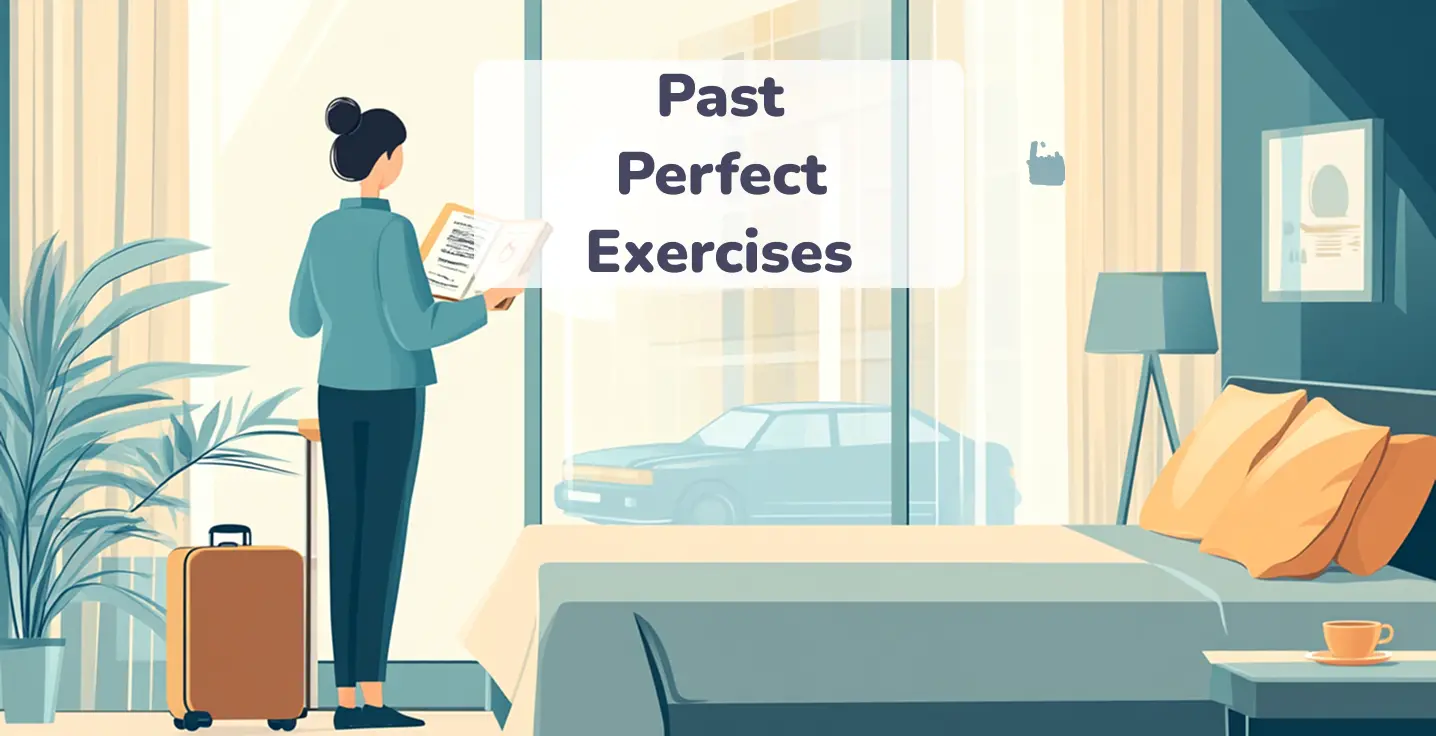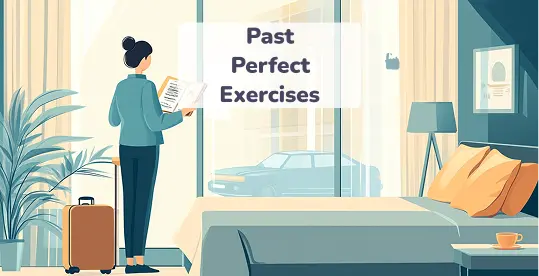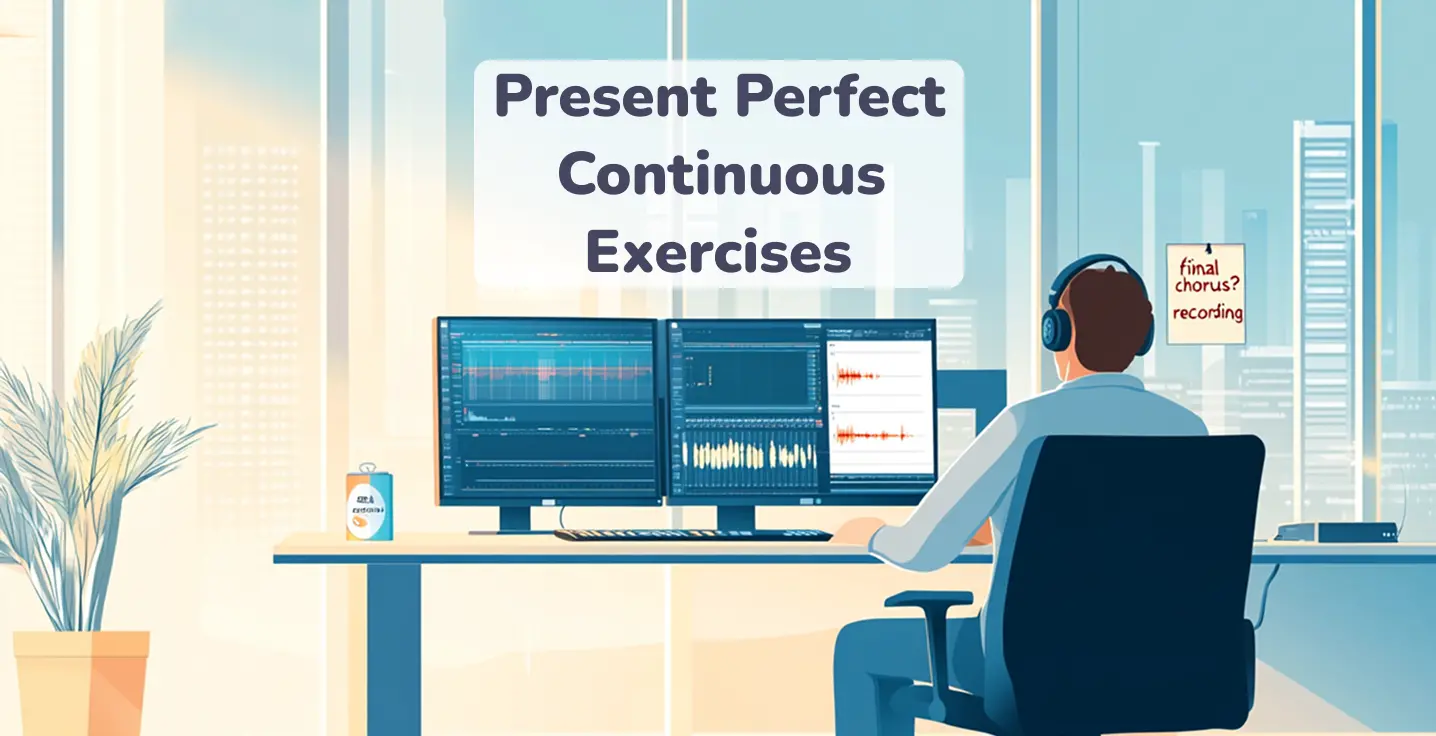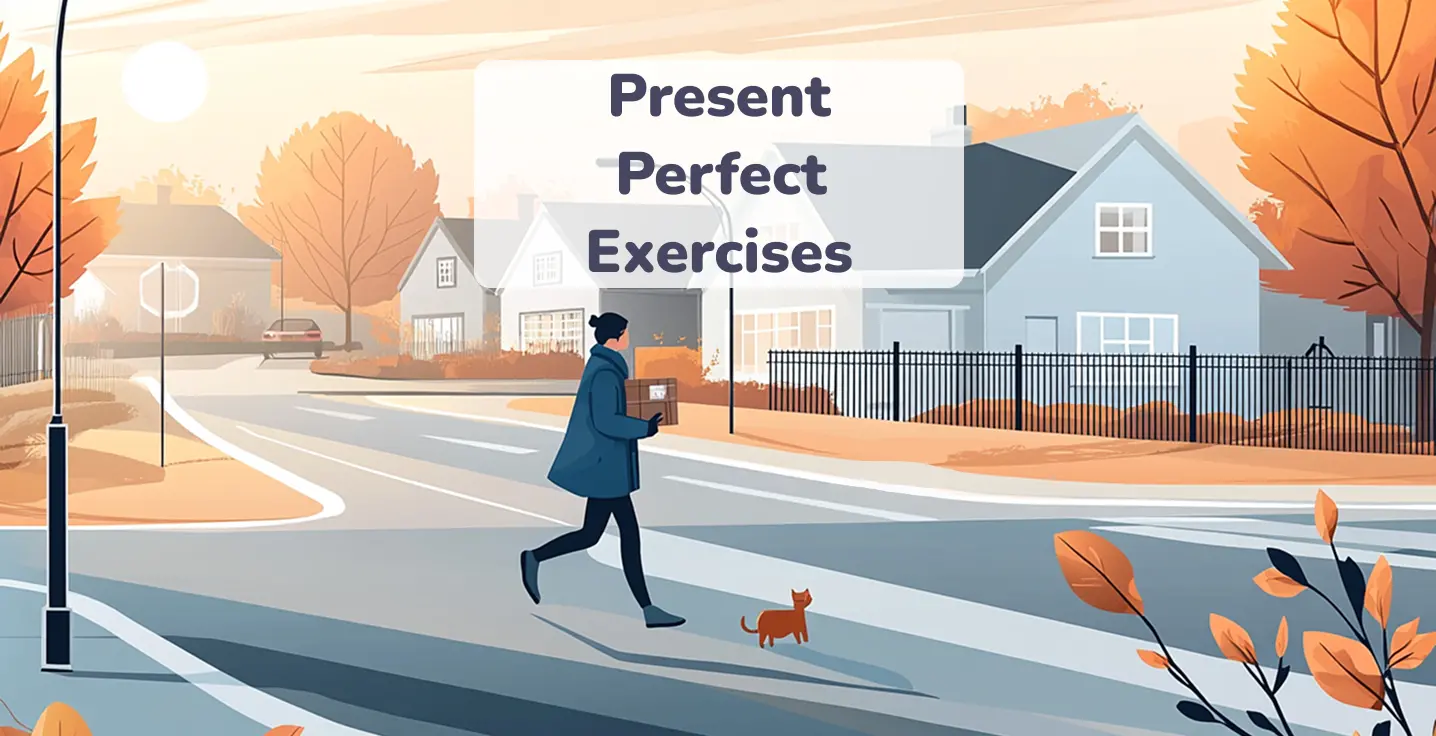Past Perfect exercises
How do you prepare for a Past Perfect test without stress?
Serious tests can mix up your thoughts, especially if you push too hard. However, if you select a methodical tactic and grasp grammar bit by bit, you can notice there is nothing to be afraid of. Reduce your worries before the test with easy and productive approaches:
-
Learn an aspect at a time
We advise you not to inspect all the particular English tenses simultaneously. It takes time to understand all the rules, which results in more mistakes and uncertainty. It is better to focus on one kind of sentence at a time. Start with positive sentences, move to negative, and create questions.
-
Practice Past Perfect exercises with answers
On our platform for learning English, you will find multiple drills that will give you enough practice to learn grammar and use it afterward. The drills with the answers will shorten the time between tasks and provide you with immediate feedback.
-
Select common and predictable drills
Opt for tasks with an easy structure and good description to focus on sentence formation. In the next section, we will discuss the exercises that proved their effectiveness.
How often should you do Past Perfect practice to see real progress?
It takes time to use this tense with confidence. However, well-designed exercises and frequent reviews will help you memorize the rules. Let’s see how long the English learning process takes and the needed regularity:
| Results | Frequency | Past Perfect exercise |
|---|---|---|
|
Basic knowledge |
Once every few days during a week. |
Drills that help practice structure formation and match halves. |
|
Accurate sentence formation |
Several times a week during a two-week period. |
Activities with story gap fill and error corrections. |
|
Confident usage |
A few times a week for a month. |
Narration, sentence writing. |
Start with simple drills that will help you recognize the patterns and gradually move to more difficult ones to practice usage so that you can pronounce and write sentences correctly without long consideration.
What are the top mistakes in Past Perfect activities?
Errors in spelling and sentence construction are unavoidable during the Past Perfect training. However, when you know about a mistake, you can prevent it from happening. Below, we highlighted the common ones:
- Using the Past Perfect for a single past action without comparison
Past Perfect is used to show an action that happened before another past action. If there’s only one event, simple past is enough.
|
He had missed the train.
|
He had missed the train because it left early this morning.
|
|
They had seen that movie.
|
They had already seen that movie before it premiered on TV.
|
Tip: Ask yourself: “Is there another past event I’m comparing this to?” If not, use simple past.
- Using Past Perfect with the wrong time expressions
Time expressions like yesterday or last week alone don’t establish sequence. Past Perfect always needs a past anchor point.
|
I had packed my bag last night.
|
I had packed my bag after dinner last night.
|
|
He had left the party yesterday.
|
He had left the party before the lights went out last night.
|
Tip: Time words like yesterday, last week, last night, or on Friday point to a single past moment, so they need a second past event to make Past Perfect meaningful. Without that anchor, use the Simple Past.
- Mixing Past Perfect and Present Perfect incorrectly
Present Perfect connects past actions to now, while Past Perfect connects one past action to another past action.
|
He had failed twice before he has finally passed.
|
He had failed twice before he finally passed.
|
|
She had never loved anyone until she has met Tom.
|
She had never loved anyone until she met Tom.
|
Tip: Think about whether the action connects to the present or describes a sequence in the past. Use Present Perfect for now, Past Perfect for what happened earlier.
Once the purpose of the Past Perfect is clear, forming sentences with it becomes straightforward and intuitive.
How to make the Past Perfect quiz a daily habit?
Do you have the motivation to upgrade your English, but it is very demanding to be active every day? The pieces of advice you will find below can change your attitude:
Tip 1. Start with a short session
Don’t immerse yourself in the grammar for hours. After a day of practice, you will forget a great deal of the nuances and will be tired of trying again. On the contrary, a time-limited workout will help you memorize a rule and won’t make finishing a Past Perfect tense test an exhausting process.
Tip 2. Choose engaging and interactive drills
You have the opportunity to study English by passing well-thought-out tests with real-life examples and answers in an entertaining way, instead of diving into old-fashioned worksheets with only theoretical questions. Grasping grammar can be enjoyable if you find the right approach.
Tip 3. Participate in challenges
Modern applications allow you to combine acquiring knowledge with fun, such as winning in tournaments, obtaining badges, and completing levels when doing a Past Perfect worksheet. It is easy to join a group activity when you need to learn for 10 minutes a day for a specific period. It will encourage you to continue your practice.
Conclusion
By understanding the function of the Past Perfect tense, which is to show that one past action happened before another, you can avoid common mistakes and use it naturally in speaking and writing. Being mindful of time expressions, the order of words and contrasting between Past Simple and Present Simple tense will make your English more understandable and accurate.
Short and targeted practice sessions, including Past Perfect tense exercises with answers, quizzes, practical examples will guarantee the gradual improvement. Gradually adding complexity and repeating mistakes will solidify patterns and improve memorization.







